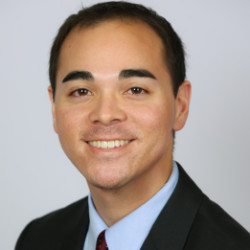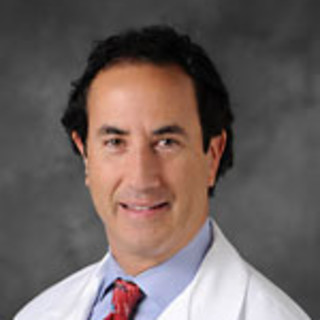Recently, Congress passed a bill capping Grad PLUS loans at $200,000 for medical students. On the surface, it reads like a win, a measure to reduce student debt and promote responsible borrowing.
But for those of us who entered medicine without financial safety nets, it feels like something else entirely: a reminder that this system still doesn't see us. That it expects excellence from everyone, but only provides opportunity to a few.
With the average cost of medical school now exceeding $250,000 at public institutions and over $330,000 at private schools, this legislation leaves a massive funding gap. A gap that low income, first generation, and socially disadvantaged students are somehow expected to fill. This isn't a policy of protection. It's a polished form of exclusion.
Throughout college, I worked full time overnight as a specimen processor in the lab. Logging vials, printing labels, walking samples across cold hospital corridors while the rest of campus slept. I'd clock out at 6:30 a.m., grab a Red Bull and a pack of M&Ms from the vending machine, and walk straight into organic chemistry. That was breakfast. That was survival.
When it came time to take the MCAT, I had exactly enough to buy the books. Not the practice exams. Not the test strategies. Not a tutor or prep course. Just the books and whatever energy I could scrape together between shifts.
I had one chance to take the test. Not because I wanted the challenge of a single attempt, but because I couldn't afford another. Meanwhile, my classmates were taking the MCAT "just to see how they'd do," with plans to retake it after their prep courses, tutors, and summer intensives.
We say we want the best and brightest, but what we're really measuring is who can afford to play the game.
"Competitiveness" isn't just about intelligence or drive, it's about access. And access, as we know, comes at a price: $345 to register for the MCAT, $2,000+ for prep courses and materials, $100-plus for each secondary application, hundreds more for interviews, travel, clothing, moving, and housing, and often unpaid research experience, which is impossible when you're working 30-plus hours a week just to survive.
When students without access are told they're "not quite competitive," we pretend it's a statement of merit. But it's not. It's a reflection of a system where you have to pay to play. We are losing brilliant students. Not because they lack potential, but because they lack resources. Students whose lived experiences mirror those of our most underserved patients. Students who know what it means to navigate systems that don't expect them to succeed. They don't just disappear from our applicant pool. They never even get the chance to show up.
What Physicians Can Do Right Now
The Grad PLUS cap has already passed and the system isn't getting any more forgiving. But if you're a physician, if you've made it through, then you now sit in a position of power and that power can become a pipeline. Here's how you can advocate with your pocket and your presence:
1) Sponsor MCAT prep, secondary applications, or travel costs for one student
2) Create a local scholarship fund: even $500 can make a difference
3) Help cover overlooked expenses: headshots, suits, Zoom lighting, rent
4) Push your institution to fund away rotations and prioritize financially disparaged applicants
5) Mentor a student with no roadmap and teach them the parts of the system no one talks about
Mentorship isn't charity. It's infrastructure. One conversation can spare someone months of confusion or the heartbreak of giving up altogether. This bill didn't make medical education more accessible. It made it even more dependent on invisible funding, generational wealth, and unspoken assumptions. If we want medicine to be truly competitive, we need to ensure that everyone has a real chance to compete. Otherwise, we're not selecting for excellence, we're just filtering for privilege.
The best doctor you'll never meet? He might've been the one who couldn't afford to apply.
How do you plan to help the next generation of doctors? Share in the comments.
Shauna Tucker, DO, is a PGY5 radiology resident, first-generation physician, and an advocate for access and mentorship in medical education. She will begin her fellowship in pediatric diagnostic and interventional radiology in 2026.
Image by Moor Studio / Getty







